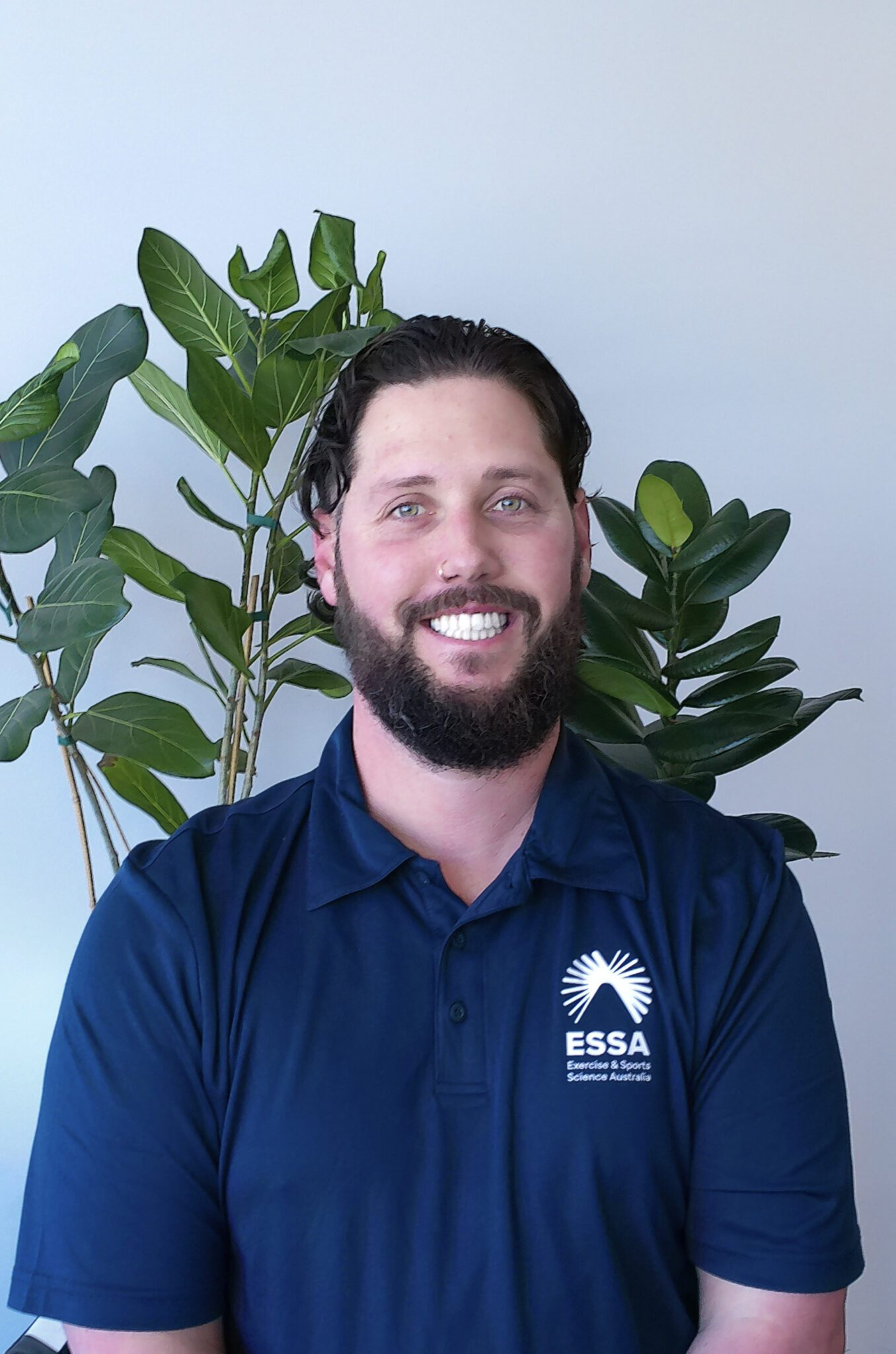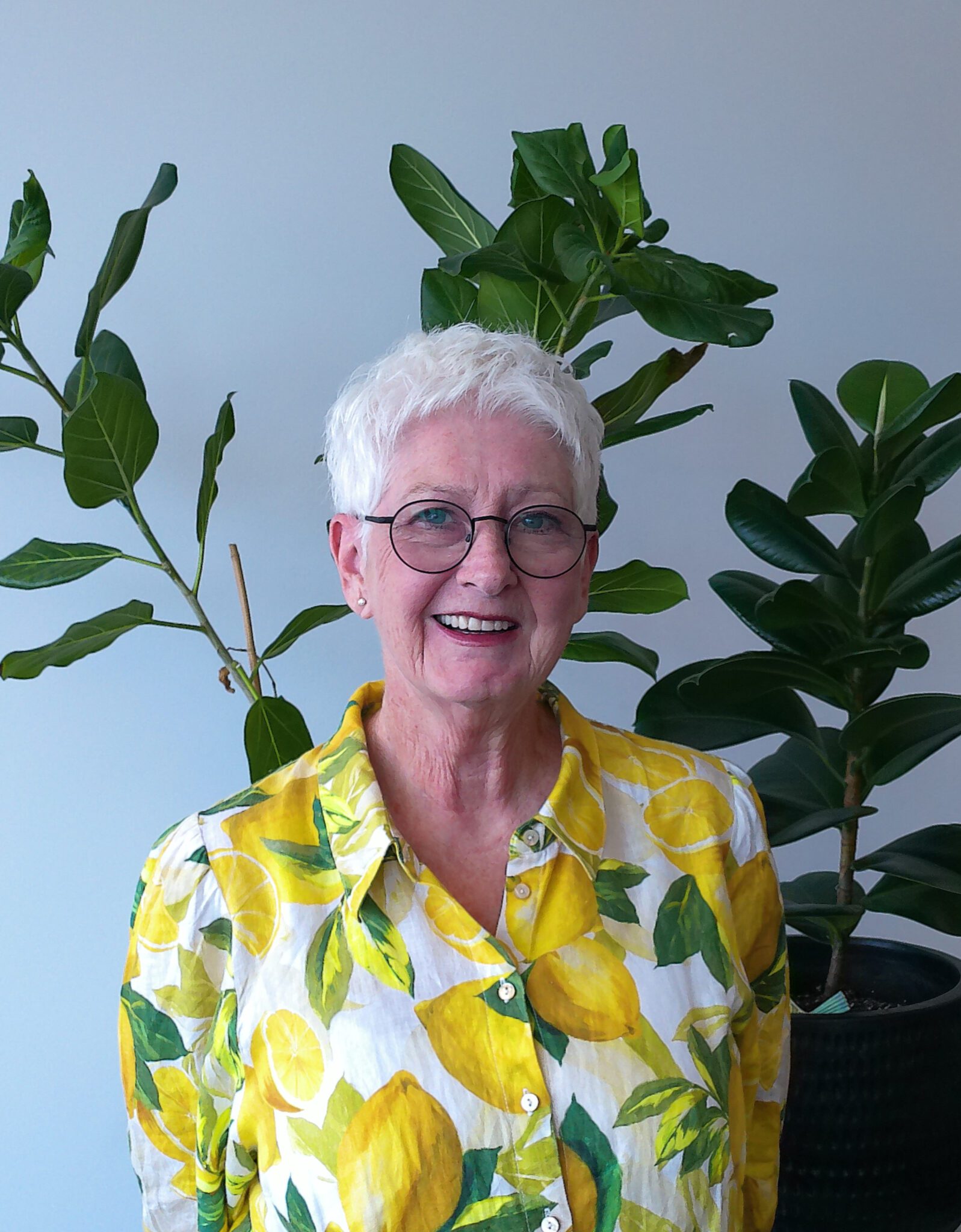Osteoarthritis (OA) is one of the most common natural occurring degenerative conditions of the body’s joints affecting people of all ages however it is more prevalent as we age. It is characterised primarily by a loss of cartilage around a joint, which helps to provide smooth gliding of a joint, and results in pain and swelling as the joint loses its ability to work in a smooth fluid process.
Research indicates that a high percentage of people will have some type of osteoarthritic changes occurring in their weight bearing joints by the time they are 40 years of age. While not all of these are symptomatic, osteoarthritic patients present regularly to their doctors or physios with joint pain and inflammation. These damaged joints can be irritated at work, during sport or in a home related trauma. Different joints are affected depending on posture, injury, past history and a range of hereditary factors.
It can affect any joint in the body however the body’s major weight bearing joints such as the knees, hips, lumbar spine and ankles are more commonly affected than others. Pain is the most common symptom.
Physiotherapy treatment provides conservative but effective results with even severely damaged arthritic joints. A thorough assessment is vital for treatment prescription. Treatment may comprise of:
- Joint mobilisation
- Exercise prescription to develop an individualised plan of exercises to improve flexibility, strength, coordination and balance to achieve optimal physical function.
- Dry needling
- Hydrotherapy
- Supports/aids and education. These modalities:
-
- Aim to reduce pain
- Improve range of movement and strengthen key muscle groups.
- Teach you proper posture and body mechanics
- Show you how to properly use assistive devices such as walkers and canes.
- Recommend different treatment options, such as braces and splints to support joints, shoe inserts to relieve stress on the lower extremities, and hot and cold therapy to ease joint pain and stiffness.
- Suggest modifications to your environment, such as ergonomic chairs or a cushioned mat in your kitchen, to relieve pain and improve function.
A home exercise program if done regularly will assist in reducing additional osteoarthritic flare-ups. Unfortunately long term compliance with this management plan does not always occur. Many patients will discontinue exercising once pain has subsided and function semi-restored until the next flare-up of pain. This can create further joint damage and deterioration by the repetitive cycle of exercise and inactivity. A maintenance physiotherapy visit every 4-6 weeks is the most effective method of maintaining joint range and strength. It will also allow the physiotherapist to review, modify and reinforce the prescribed exercises. Research indicates that while maintenance is ongoing, the overall medical costs are reduced for the patient due to the control of acute flare-ups.



















